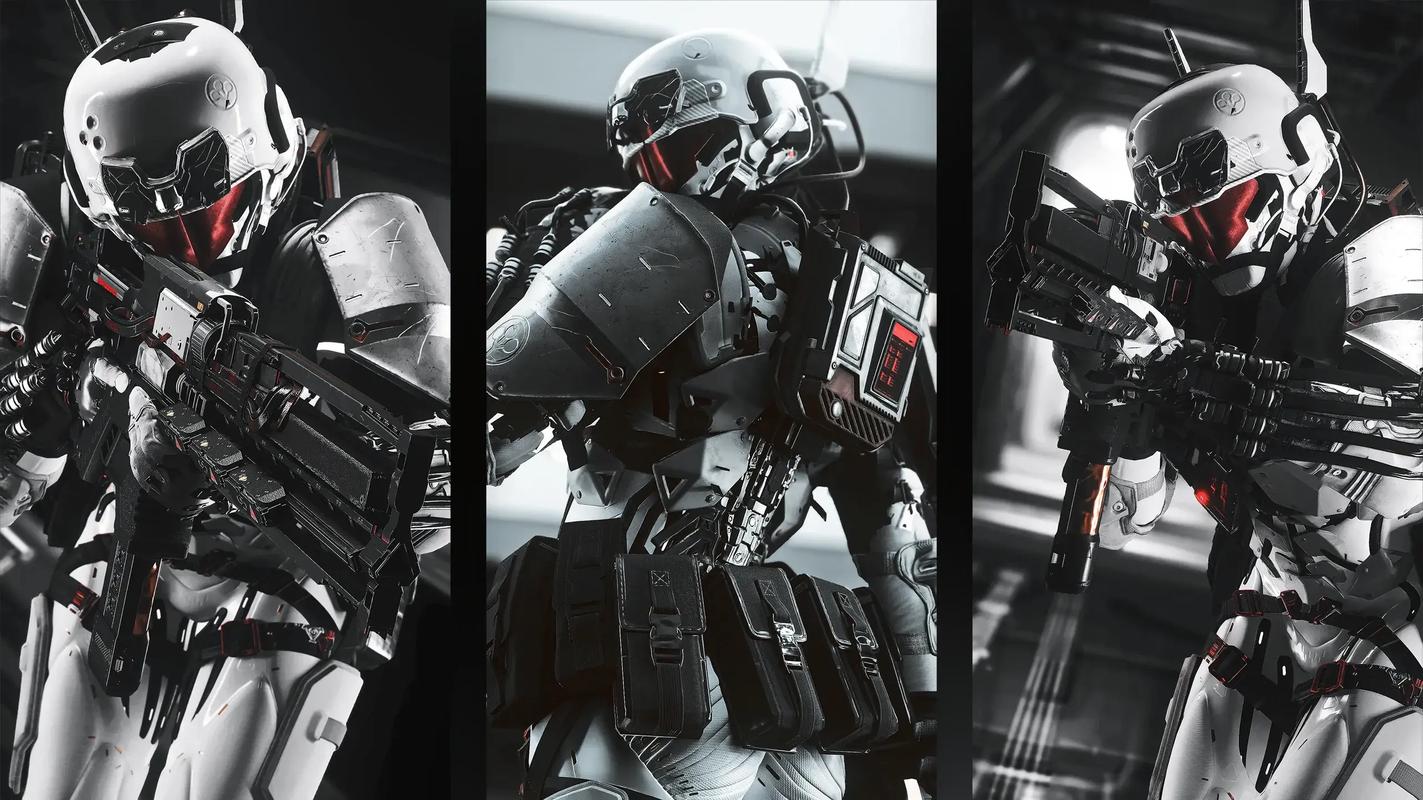The Witcher: Nightmare of the Wolf Score: Animation Impact on Game
The Witcher: Nightmare of the Wolf, the animated film from Netflix and Studio Mir, serves as a powerful prequel to the live-action series, delving into the origins of the iconic mentor Vesemir. Yet, its impact reverberates far beyond the confines of television, reaching directly into the heart of the franchise's core identity: the video games. While the film’s narrative and stunning animation rightfully garnered praise, one of its most profound, yet often understated, contributions lies in its original score by composers Brian D'Oliveira and Brandon Campbell. This score does not merely accompany the animation; it acts as a crucial bridge, retroactively enriching the musical and emotional landscape of CD Projekt Red’s The Witcher game series, particularly The Witcher 3: Wild Hunt.
The primary function of the Nightmare of the Wolf score is to forge a sonic lineage. The games, especially The Witcher 3, established a powerful and melancholic musical identity through the work of composers like Marcin Przybyłowicz, Percival, and Mikolai Stroinski. Their music is a character in itself—a blend of Slavic folk motifs, dark ambient textures, and epic orchestral swells that perfectly captures the Continent's grim beauty. D'Oliveira and Campbell faced the unique challenge of composing music that feels ancestrally connected to this established sound while also suiting the faster-paced, high-fantasy action of an anime. They succeeded masterfully by focusing on thematic seeds.
The score introduces early, simpler iterations of melodies that would, in the game's timeline, become fully realized. The most significant example is the theme for Vesemir. In The Witcher 3, Vesemir’s leitmotif is a poignant, weary, and deeply sad piece for strings and flute, reflecting the old, burdened wolf who has lost nearly everything. The Nightmare of the Wolf score provides the youthful, arrogant counterpart to this theme. We hear a brasher, more swashbuckling melody carried by horns and agile strings, embodying Vesemir’s early days as a boastful witcher chasing coin and glory. This musical evolution mirrors the character’s arc. When a player revisits Kaer Morhen in The Witcher 3 after watching the film, the game’s somber version of Vesemir’s theme is no longer just a pretty melody; it is a tragic artifact, heavy with the weight of lost friends, failed ideals, and a lifetime of hardship. The anime’s score provides the "before" to the game’s "after," adding profound layers of context and tragedy that were previously only implied.

Furthermore, the score expands the sonic palette of the Witcher world to encompass the grandeur and horror of its Golden Age. The games are set in a period of decline—witchers are a dying breed, monsters are becoming rarer, and the world is crumbling. The music reflects this with its pervasive melancholy. Nightmare of the Wolf, however, is set during the height of the witcher schools. The score responds with a more classically "epic" and orchestral sound during battle sequences, full of pounding percussion and heroic brass fanfares. This creates a stark contrast. The visceral, thrilling music accompanying the massacre at Kaer Morhen—a event only referenced in texts in the games—makes the downfall of the witchers not just a historical fact, but an audible catastrophe. The vibrant, powerful music of their prime makes the subsequent silence and decay heard in the games’ ambient tracks all the more potent. The score thus builds a historical audio timeline, making the game world feel deeper and more lived-in.
The impact is also cultural and atmospheric. The games’ music is heavily indebted to Slavic folk music, using instruments like the hurdy-gurdy, fiddle, and dulcimer to ground the fantasy in a specific cultural texture. The Nightmare of the Wolf score respectfully incorporates these elements but often filters them through a more modern, global action-anime sensibility. Tracks feature complex, rhythmic percussion and electronic undertones that heighten the energy for a new medium. This fusion demonstrates the versatility of the Witcher’s core sonic identity. It proves that the Slavic soul of the music can be adapted and expanded without being diluted, ensuring the franchise's musical language can evolve across different media while remaining recognizable. This approach invites fans of the anime into the musical world of the games, making the transition less jarring and more of a natural exploration of different facets of the same universe.
Finally, the emotional resonance crafted by the score directly enhances key moments in the games. The relationship between Geralt and Vesemir in The Witcher 3 is central and emotionally charged. The game’s narrative tells us they are close, but the animated film, through its music, shows us why. The themes of brotherhood, sacrifice, and the fraught morality of the witcher’s path are given a musical foundation in the anime. When Vesemir speaks of the old days in the game, a player who has experienced Nightmare of the Wolf can now hear the echoes of its score—the ambition of Deglan, the tragedy of Tetra, the fiery destruction of the keep. The game’s music is suddenly imbued with these new, pre-established memories.
In conclusion, the score for The Witcher: Nightmare of the Wolf performs a remarkable feat of narrative time travel. It is not a subsidiary element but an active, creative force that reaches backward through the franchise’s timeline to deepen the foundation upon which the games are built. By composing the musical past of characters and institutions central to the games, Brian D'Oliveira and Brandon Campbell have enriched the present-day experience of playing them. They have added a layer of auditory history that makes the world of The Witcher feel more tragic, more complete, and infinitely more resonant. The nightmare belongs to the wolf, but its musical echo now forever belongs to the player.














